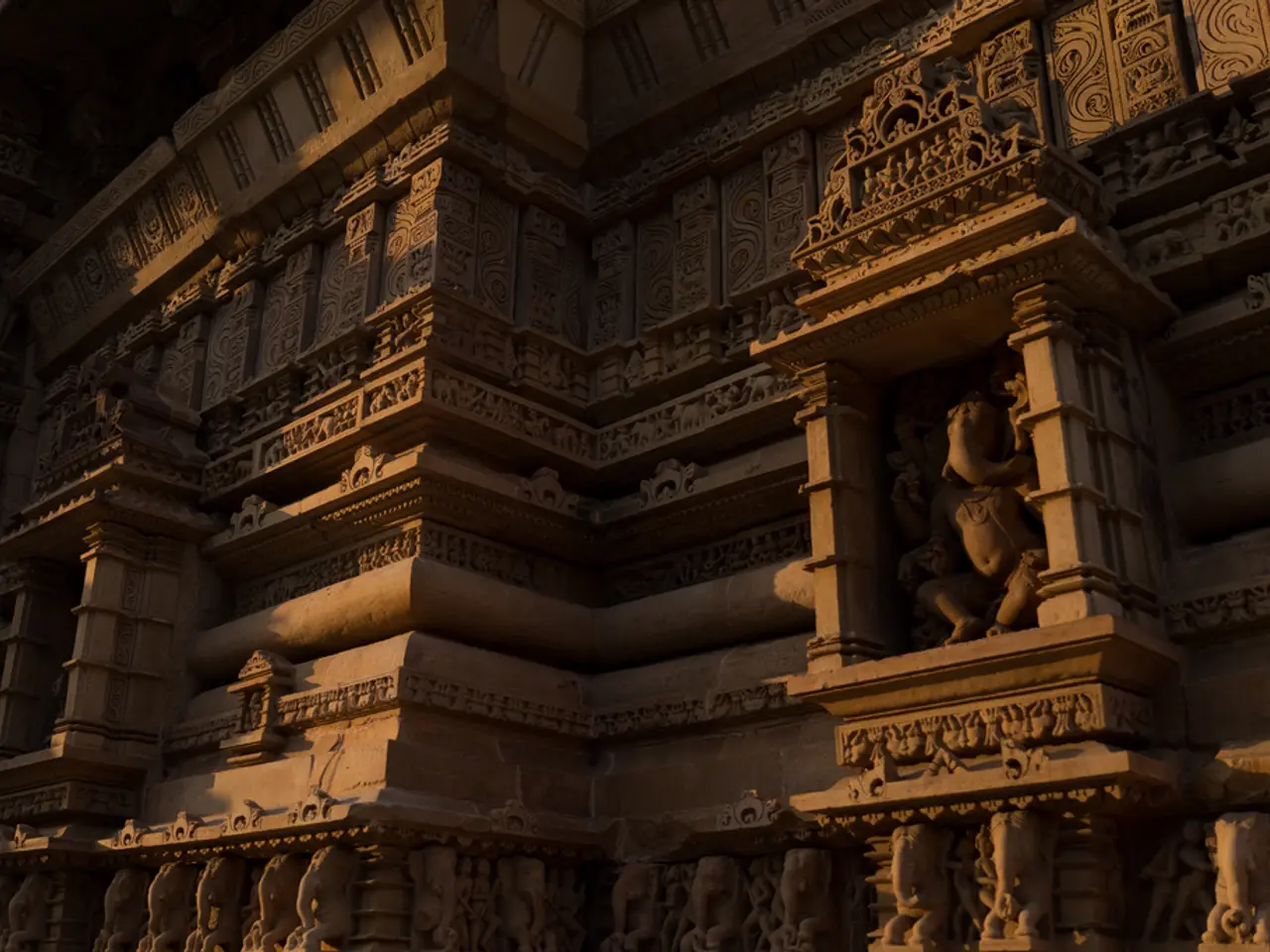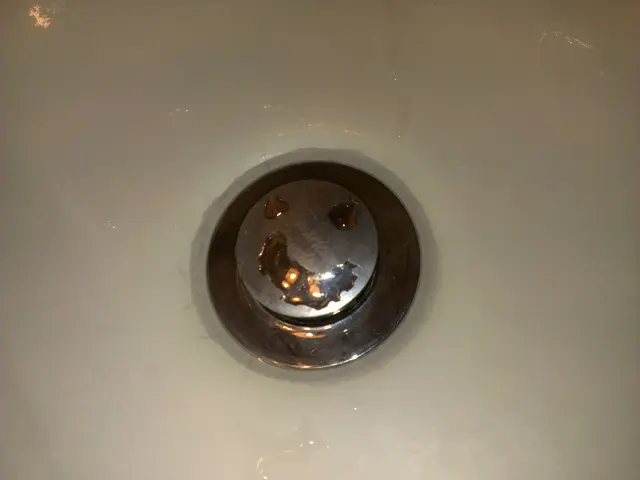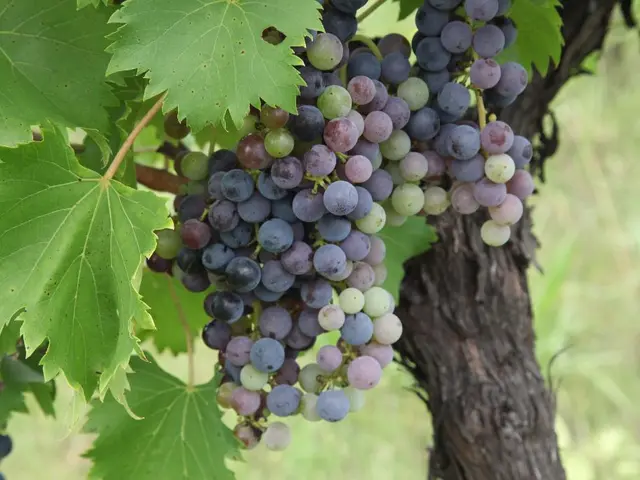Stucco Plastering Exploration: Uncovering advantages for a long-lasting and appealing wall surface, suitable for both indoor and outdoor applications
==================================================================================
Stucco plastering is a popular choice for exterior wall finishes, known for its durability, weather resistance, and unique aesthetic appeal. This article takes a closer look at what stucco plastering is, its key differences from standard plastering, suitable surfaces for application, and the cost associated with this specialized type of plaster.
What is Stucco Plastering?
Stucco plastering is a low-maintenance, long-lasting decorative coating typically used on walls to create a unique and attractive finish. The classic recipe for stucco consists of Portland cement, sand, lime, and water, with modern products sometimes mixing in polymers or fibres to boost performance against cracking or water intrusion.
Key Differences Between Stucco Plastering and Standard Plastering
The durability and texture of stucco set it apart from standard plaster. Stucco is generally more durable and hard-wearing, with a rougher, coarser texture, while standard plaster tends to be smoother and less rigid. Stucco is primarily used as an exterior finish due to its toughness and weather resistance, whereas standard plaster is mostly used for interior walls for a smooth aesthetic and more customization options.
The composition and layering of stucco and standard plaster also differ. Both use similar base ingredients, but stucco commonly includes multiple coats for a thicker, more protective layer, while standard plaster usually involves a single or few thinner coats. Standard plaster allows more artistic customization, such as molds and decorative shapes, compared to stucco, which is more rigid and less amenable to detailed designs.
Stucco plastering requires skilled application with multiple layers, making it more expensive and often unsuitable for DIY, compared to standard plastering.
Surfaces Suitable for Stucco Application
Stucco can be applied effectively on most hard surfaces such as concrete, brick, block, and masonry. Special bonding agents may be used to adhere stucco onto painted or smooth surfaces, but results can vary and are less reliable. It's essential to test a small area before full application when applying stucco to unfamiliar substrates due to potential adhesion or cracking issues.
Stucco is not recommended for plasterboard (drywall) or gypsum-based interior surfaces without serious reinforcement because it's too heavy and can lead to cracking or delamination.
Cost and Applications of Stucco Plastering
Stucco plastering can cost between £50 and £100 per square metre. Despite its higher cost, stucco is commonly used on exterior walls, both residential and commercial. Feature walls, ceilings, and archways can benefit from a stucco finish, and it can be tailored to a variety of textures, finishes, and colours, including smooth, sand, dash, lace, Cat Face, Worm, and various natural colours.
In warm climates, stucco is used almost exclusively on the outside due to its ability to expand and contract, as well as deflect heat without warping. A grey enhanced Portland-limestone cement is available for exterior stucco plastering, offering improved resistance to cold and hot conditions. Stucco can also be tinted or painted with masonry paint or interior paint to match the current decor.
In summary, stucco plastering is a more rugged, multi-layered, exterior-oriented application suited for masonry and concrete surfaces, while standard plastering is smoother, more customizable, and typically used indoors on surfaces like plasterboard or lath. These distinctions inform optimal material choice depending on location, desired finish, surface type, and durability requirements.
Read also:
- Pharmaceutical workplace safety is bolstered by the implementation of Safety Eyewear Programs.
- Slower Electric Vehicle Adoption in India Compared to US, EU, and China According to NITI Aayog Report
- Top-Tier All-Terrain Vehicles Available in India for Less Than ₹15 Lakhs
- Real-time AI intelligence from iRasus enhances electric vehicle battery safety.





